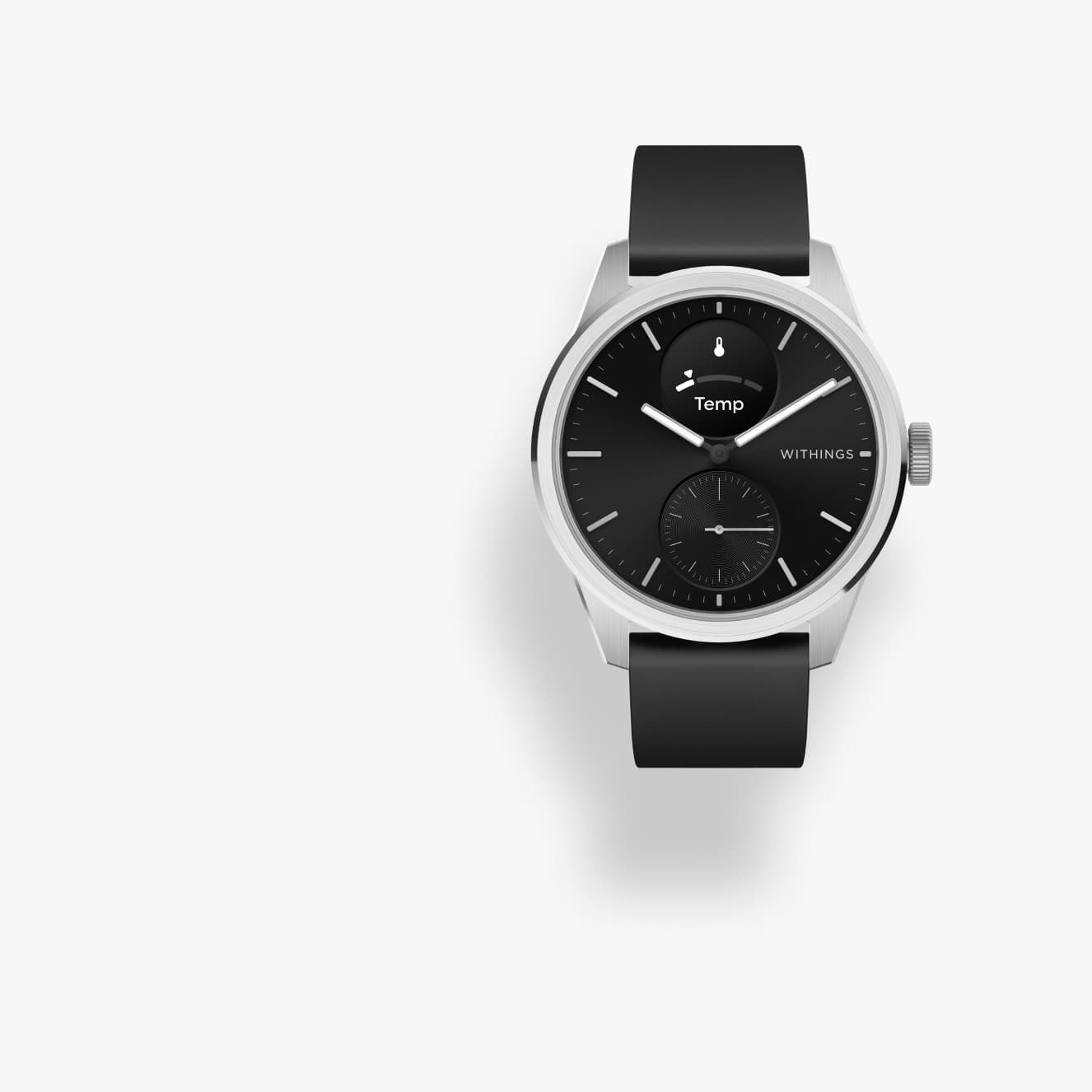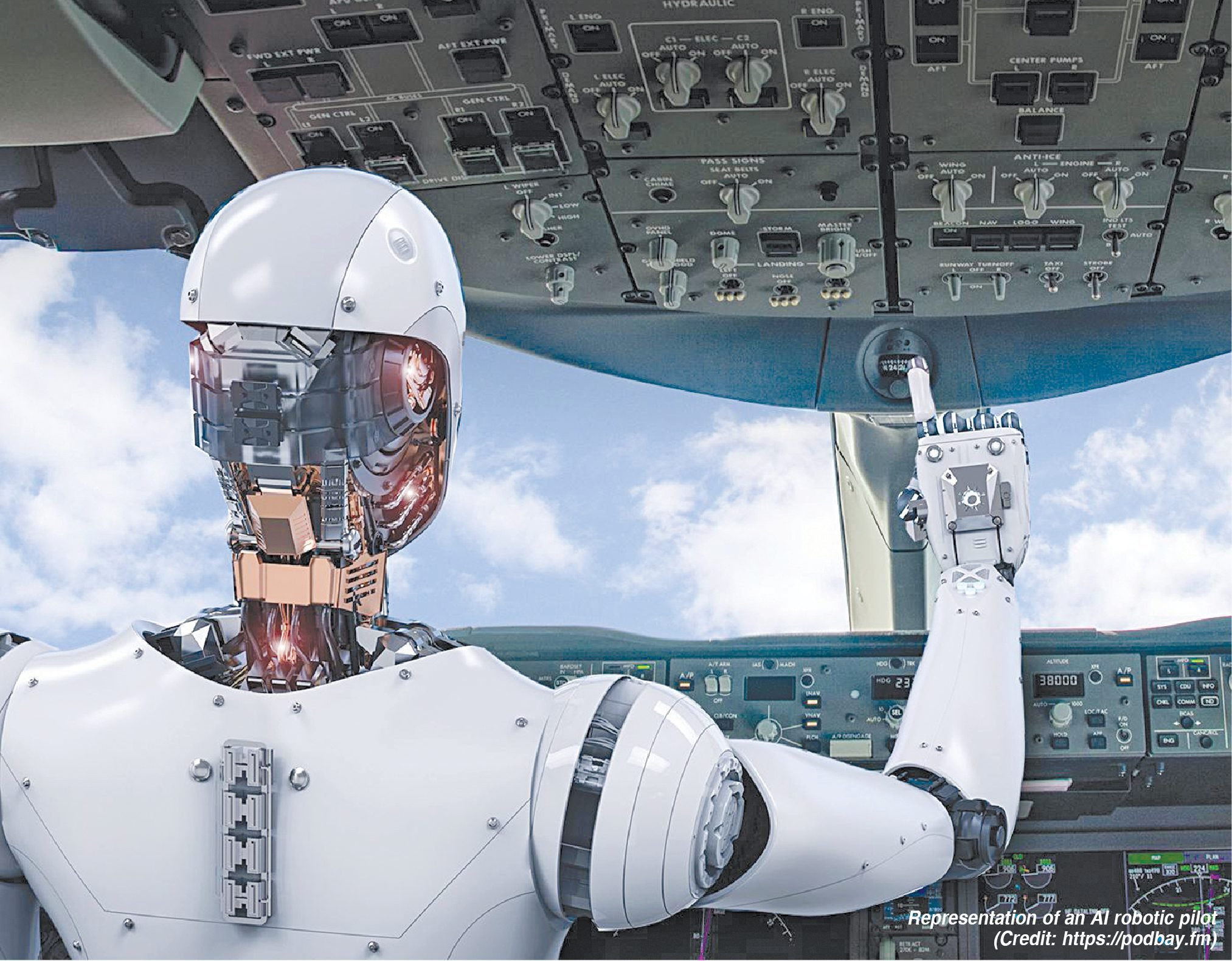If all goes as planned, root canal procedures may not be as painful as before. Researchers at the Indian Institute of Science (IISc) in Bengaluru have developed tiny nanobots to help with root canal treatments.
However, what are nanobots? What role do they play? Why are they being called the future of medicine?
We provide the answer to these questions and explain how nanobots are being used to help clean teeth.
Nanobots explained
Nanobots are microscopic robots in nature, mainly measured on the scale of nanometers. Nanobots are also known as nanomachines, nanorobots, nanomites, or nanoids.
According to Techopedia, the idea behind nanobots is to have a device that can interact at the nanoscale and help in understanding or manipulating structures at the nanoscale level.
Most theoreticians credit the concept of nanotechnology to physicist Richard Feynman and his speech in 1959 entitled: “There’s Plenty of Room at the Bottom.” In the speech, Feynman predicted the development of machines that could be miniaturized and vast amounts of information being encoded in little spaces. However, K Eric Drexler’s 1986 book, Engines of Creation: The Coming Era of Nanotechnology, galvanized nanotechnological doctrine.
The size of nanobots has made their application most relevant in medical science. Experts note that they can be used to aid in research related to cancer, AIDS, and other significant diseases, as well as in helping brain, heart, and diabetes research.
Besides medicine, nanobots can be of use in aerospace, security, defense, electronics, and environmental protection.
Using nanobots for dental care
On Monday, researchers at IISc announced that they had created nanobots that can be utilized to fit through the dentinal tubules and kill bacteria.
An NDTV report said that the researchers had created nanobots made from silicon dioxide and coated with iron which can be controlled by a device that creates a low-intensity magnetic field. The journal Advanced Healthcare Materials published this new technique and study.
Explaining how it worked, the researchers said that the nanobots, developed at IISc-incubated startup Theranautilus, were injected into extracted tooth samples, and their movement was tracked using a microscope.
IISc said that by tweaking the frequency of the magnetic field, the researchers were able to make the nanobots move at will and penetrate deep inside the dentinal tubules. They manipulated the magnetic field to make the surface of the nanobots generate heat, which can kill the bacteria nearby.
Hailing the success of their research, Ambarish Ghosh, professor at the Centre for Nano Science and Engineering, who led the investigation, was quoted as telling NDTV, “These studies have shown that they are safe to use in biological tissues. We are very close to deploying this technology in a clinical setting, which was considered futuristic even three years ago. It is a joy to see how a simple scientific curiosity shapes into a medical intervention that can impact millions of people in India alone.”
Other use of nanobots in medicine
Besides using nanobots in dentistry, scientists have also used nanobots to fight bacteria in wounds.
In a study published in ACS, researchers from the Institute of Bioengineering of Catalonia said that they had used the nanobots to deliver the necessary medicinal compounds to the wound by “plunging” into a liquid medium and thereby destroying pathogens.
In December 2021, the Maharashtra Institute of Medical Education and Research (MIMER), Pune, developed a nanorobot to capture and isolate circulating tumor cells.
The tool was hailed as leading to a new rapid and accurate diagnostic method for cancer.









